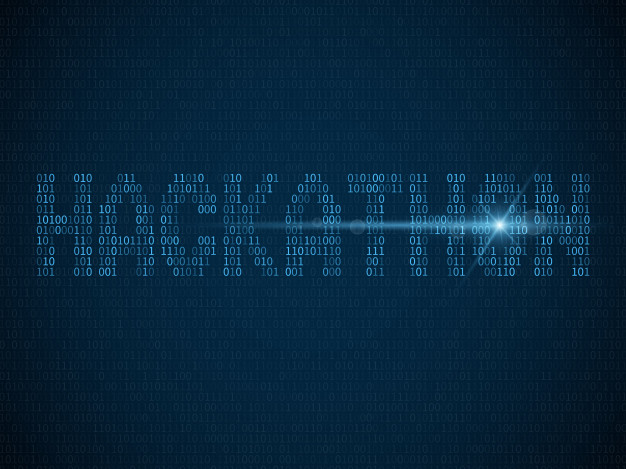Website Defacement Definition
If someone has ever asked you “What is website defacement?”, then your answer might have been something along the lines of “It’s basically the same as graffiti except it’s on your website.”. This is an understandable comment, but it does not tell anything like the full story.
What is website defacement?
A more technical answer to the question “What is website defacement?” might be something along the lines of “a third party making unauthorized and unwelcome changes to your website’s appearance”. This is much closer to the mark and underlines a key point about website defacement. It’s an unauthorized activity. This means that somebody accessed your website without your permission. That fact alone means that website defacement deserves to be taken seriously.
With web defacement, the best-case scenario is that it exposes a vulnerability you can easily rectify. The worst-case scenario is that it’s simply a distraction for a much more serious attack. Either way, it’s going to be a disruption and public embarrassment you don’t need and create costs you would have preferred to have avoided.

The good news is that website defacement, like most hacking attacks, can generally be prevented by robust security. The even better news is that it’s possible to implement that security at a price even SMBs can afford. Here are some tips.
Invest in a reputable website vulnerability scanner
Website defacement can be a distraction from a more serious attack, but a lot of it is exactly what it appears to be, straightforward mischief-making by unsophisticated hackers. This kind of attack generally uses old-school “spray-and-pray” tactics and may well be bot-enabled. In short, it should be easily preventable with even a basic level of security protection such as an anti-malware scanner and a firewall. Any decent website vulnerability scanner should include these.
Invest in security software for your servers and local devices too
There’s no point in closing the front door to your website if you’re going to leave the back door and windows wide open. In other words, take protecting your servers and local devices as seriously as you take protecting your website itself. The term “local devices” also includes mobile devices. These are basically mini-computers and hence vulnerable to hackers.
If you have remote and/or mobile workers then a virtual private network can also be a good investment. This basically means that you can exercise a lot of control over the security of their connection when they’re away from your business premises. Remember that people running home networks don’t necessarily know how to secure them properly and mobile workers can be forced to use any connection they can find.
Take software management seriously
A lot of website-creation software is open source. For example, all the mainstream content management systems are open source and a lot of third-party extensions are too. In principle, one of the big advantages of open-source software is that it is infinitely customizable. In practice, however, this is a bit of a double-edged sword.
The reason why open-source software is infinitely customizable is that its code is available for anyone to see. Anyone includes hackers. This means that companies that treat open-source software like a commercial “out of the box” solution are likely to find themselves easy targets for hackers.
You must learn how to get the most out of your chosen CRM from the perspective of security as well as from the perspective of functionality. As an absolute minimum, you need to know how to customize the key default settings (like the URL for the admin panel) and how to assign permissions appropriately.
Keep third-party add-ons to a minimum, research them thoroughly and test them before you deploy them in production. Periodically audit all the third-party extensions you use to ensure that they are still serving a useful purpose and promptly remove any which are not (you can always reinstall them if you change your mind).
For both your CRM and any third-party extensions you use, commit to keeping your software promptly updated. Out-of-date open-source software is basically an invitation to hackers as it’s so easy for them to inform themselves about its vulnerabilities.
Manage your users
All user accesses, external and internal, should work on the basis of least privilege, in other words, they should be allowed to do what they need to do and no more. They should be granted on an individual basis and kept active only for as long as necessary. With internal users, you can also enforce strong-password policies and two-factor authentication.
Please click here now to have your website scanned, for free, by cWatch from Comodo.
EDR is a kind of software used to prevent, scan, detect and delete viruses from a computer.
© 2026 Comodo Security Solutions, Inc





